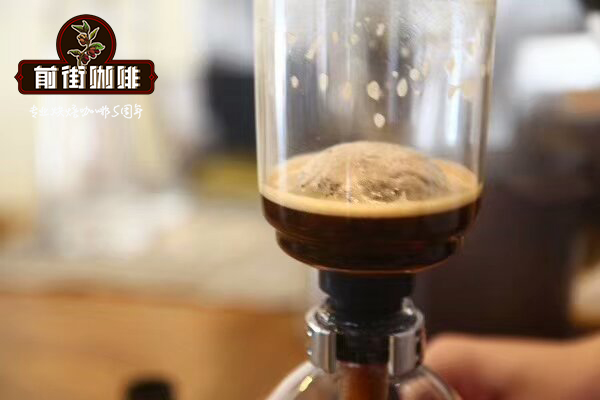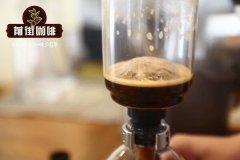Introduction to Blue Mountain Coffee production

For professional baristas, please follow the coffee workshop (Wechat official account cafe_style)
Blue Mountain Coffee: blue Mountain Coffee, of which Blue Mountain Coffee and Alpine Coffee are each divided into four grades. From top to bottom in terms of quality, NO.1, NO.2, NO.3 and PB,PB are round beans. According to CIB standards, only coffee grown above 666m above sea level is called Jamaican Blue Mountain Coffee. Alpine Coffee, the coffee produced below 666 meters in the Blue Mountain area of Jamaica, is called Alpine Coffee, which is second only to Blue Mountain Coffee in quality. it is called the brother variety of Blue Mountain Coffee by industry insiders. Jamaican Blue Mountain caffeine produces very little, so if you want to taste Jamaican coffee, then Jamaican Alpine Coffee is your best choice. Jamaican coffee, coffee grown outside the Blue Mountains is called Jamaican coffee. It turns out that people in the coffee industry in China generally have a wrong understanding that only coffee grown in the Blue Mountains above 1800 meters above sea level can be called Blue Mountain Coffee. In fact, there is only one manor on the top of the Blue Mountains above 1800, that is, Amber, which is of Chinese descent. The owner of the manor is surnamed Lyn (Lin). Originally from Guangdong, China, the manor has a land area of only 30 hectares and its output is very small. Blue Mountain Coffee is mainly distributed in 5 mountainous areas such as John Crow,St.John's Peak,Mossman's Peak,High Peak,Blue Mountian Peak in the Blue Mountains.
Blue Mountain Coffee Flavor: the "secret" of why Blue Mountain coffee tastes pure: their coffee trees are all grown on rugged hillsides, and the picking process is so difficult that unskilled female workers are simply unable to do it. It is very important to choose the right ripe coffee beans when picking. Immaturity or ripeness will affect the quality of the coffee. The picked coffee beans are shelled on the same day, and then let them ferment for 18 hours. After that, the coffee beans were cleaned and screened. The subsequent process is to dry, which must be carried out on the cement floor or on a thick blanket until the humidity of the coffee beans drops to 12% 14%. And then store it in a special warehouse. Take it out and roast when needed, then grind it into powder. These procedures must be strictly mastered, otherwise, the quality of coffee will be affected.
Important Notice :
前街咖啡 FrontStreet Coffee has moved to new addredd:
FrontStreet Coffee Address: 315,Donghua East Road,GuangZhou
Tel:020 38364473
- Prev

Introduction to the History of Blue Mountain Coffee Source
Professional baristas please follow the coffee workshop (Wechat official account cafe_style) Blue Mountain Coffee: blue Mountain Coffee, of which Blue Mountain Coffee and Alpine Coffee are each divided into four grades. From top to bottom in terms of quality, NO.1, NO.2, NO.3 and PB,PB are round beans. According to CIB standards, only coffee grown above 666m above sea level is called
- Next

How to visually distinguish coffee beans are sun and washed? How about butterfly coffee?
Professional barista communication, please pay attention to coffee workshop (Weixin Official Accounts cafe_style) common sun method, washing method two ways: 1, sun method: coffee fruit after picking, select immature fruit and miscellaneous leaves, directly expose coffee fruit to sunlight for 2~3 weeks, dry after removing the shell, because pectin is still attached to the outside, so it will have pectin taste. The degree of fermentation by solarization
Related
- Beginners will see the "Coffee pull flower" guide!
- What is the difference between ice blog purified milk and ordinary milk coffee?
- Why is the Philippines the largest producer of crops in Liberia?
- For coffee extraction, should the fine powder be retained?
- How does extracted espresso fill pressed powder? How much strength does it take to press the powder?
- How to make jasmine cold extract coffee? Is the jasmine + latte good?
- Will this little toy really make the coffee taste better? How does Lily Drip affect coffee extraction?
- Will the action of slapping the filter cup also affect coffee extraction?
- What's the difference between powder-to-water ratio and powder-to-liquid ratio?
- What is the Ethiopian local species? What does it have to do with Heirloom native species?

